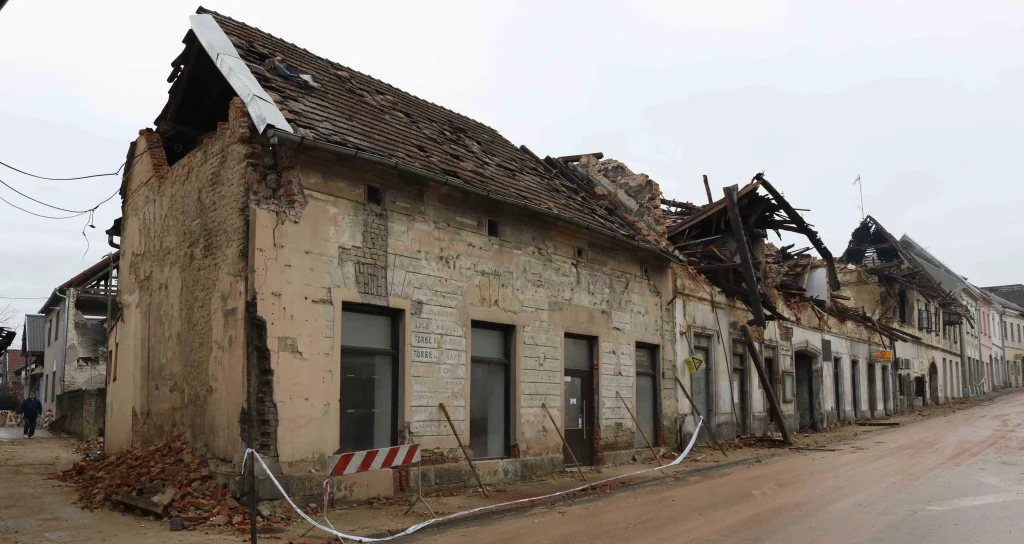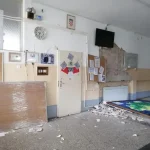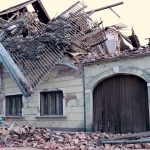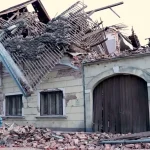He was speaking to the press after a meeting at the Zagreb Faculty of Civil Engineering which was attended by architects, builders, seismologists and construction material manufacturers. They discussed the temporary accommodation of people who lost their homes in last week’s tremor and the reconstruction of damaged buildings.
Horvat said that if standardised solutions were chosen, projects would be ready very soon and that the Zagreb faculties of civil engineering and architecture were willing to gift them to the ministry as intellectual property.
The projects, together with cost estimates, will serve to launch public procurement, he said, adding that he was confident construction could start in six to nine months.
Almost 20,000 buildings have been reported for inspection, including 7,000 that have been inspected, of which 3,049 have been assessed as totally or temporarily unusable, Horvat said.
Classically built and prefab homes
He said one model presented at the meeting envisaged classic construction and that another envisaged prefabricated homes. Both are permanent solution models.
The almost unanimous conclusion is that it is necessary to combine every technology and everything developers can make available, he said, adding that 3,000 houses could be reconstructed in two years.
Dragutin Kamenski of the Kamgrad company said that with smart preparation, Croatian builders and manufacturers could provide solutions for the reconstruction.
As for labour, given that quotas for foreign workers have been cancelled, Kamenski said he was sure enough workers could be found for the reconstruction but that most would certainly be foreigners.
Zagreb Faculty of Civil Engineering dean Stjepan Lakusic said it was necessary to make a quality estimate of the damage on the model of the earthquake in Zagreb last March, when the estimate was done by the Faculty and the relevant chamber.
The estimate should serve as the basis for drawing up documents to apply for money from the European Solidarity Fund, he added.












